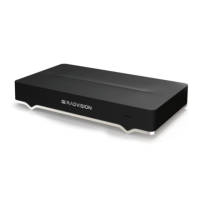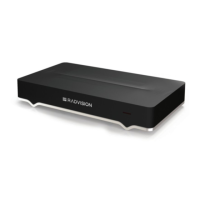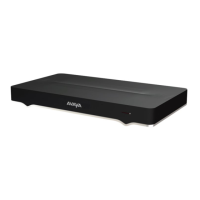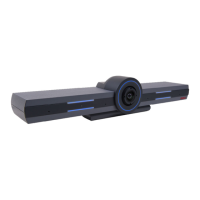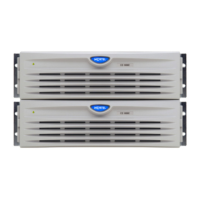You can communicate with the Scopia Elite MCU using any kind of DTMF to display menus and
change layouts.
Before you begin
If configuring from the endpoint, you must first enable advanced configuration, as described in
Enabling Advanced Maintenance on the XT Series on page 129.
Procedure
1. Access the IP settings. From the XT Series web interface, select Administrator Settings >
Calls > Preferences > IP. From the endpoint's main menu, select Configure > Advanced >
Calls > Preferences > IP.
Figure 110: Configuring the DTMF settings in H.323 and SIP calls
2. Set the following fields:
Table 47: Configuring the IP-related call settings
Field Name Description
DTMF RFC2833 (H.323) Select Yes to send DTMF tones in this way for H.323
calls. By default, this is standard for SIP calls and
disabled for H.323 calls, since not all H.323 devices
are compatible with this format. To enable, the remote
H.323 endpoint must also support RFC2833.
DTMF H.245 UII Select Yes (default) to enable out-of-band DTMF
transmissions in H.323 calls. Select No if you deployed
some legacy H.323 equipment which does not support
out-of-band DTMF.
RTP Firewall See Enabling Encryption for Videoconferences on
page 216.
Select dialing number format mode If your XT Series is not registered with an H.323
gatekeeper, you can still dial an endpoint registered
with a gatekeeper. Check which format of dialing the
gatekeeper accepts and configure it in this field:
<gatekeeper number><separator><extension of the
Table continues…
Configuring Advanced DTMF Settings
January 2017 Avaya Scopia
®
XT Series Deployment Guide 165
Comments on this document? infodev@avaya.com

